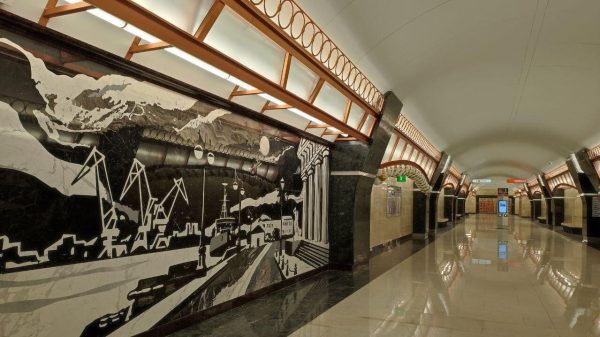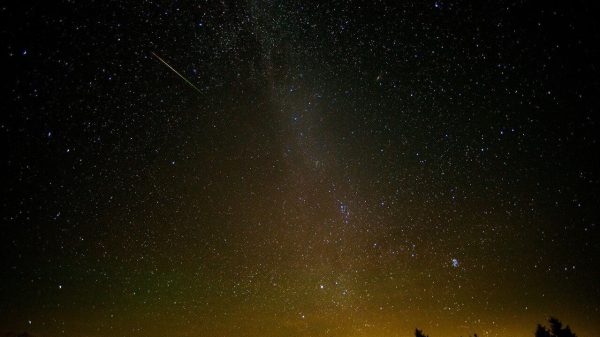Massive structures in Indonesia spark intense controversy
The massive buried structures at Gunung Padang in Indonesia would be considered by archaeologists to be much older than the Egyptian pyramids. Other scientists think this is a mistake. “Are they even human structures?”— experts ask a fair question.

Gunung Padang is considered an «amazing and important place» in the world, but its title as the oldest stone structure in the world is disputed. An article claiming that a structure in Indonesia is the oldest pyramid in the world has sparked controversy among some archaeologists — and has now prompted the journal that published it to investigate, Nature has learned.
The study, published in the journal Archaeological Prospection on October 20, 2023, has made headlines around the world. His main claim is that the pyramid underlying the prehistoric site of Gunung Padang in Indonesia may have been built as early as 27,000 years ago.
Such a statement makes the Indonesian structure automatically much older than the first Egyptian pyramid of Djoser, which is 4600 years old. This would also mean that the structure dates from the oldest known megalithic structure, Göbekli Tepe in Turkey, which was built by masons about 11,000 years ago. This one discovery would completely rewrite what is known about human civilization in the area.
“The pyramid has become a symbol of developed civilization. Building pyramids is not easy. You need high masonry skills,” — notes geologist from the National Agency for Research and Innovation (BRIN) in Bandung, Danny Hilman Natawidjaja.
After such statements, discussions flared up in the scientific world. Natawidjaj's colleague Lutfi Yondry noted that his similar work showed that people in the region inhabited caves between 12,000 and 6,000 years ago and no excavations have revealed evidence of complex stonework.
Cardiff University archaeologist Flint Dibble said that while the paper presented «credible data», its conclusions about the site and its age were not justified. The scientist adds that there is no clear evidence that the buried layers were built by people and were not the result of natural weathering and movement of rocks over time. But Natawijaj's research says the pillar-shaped stones were too large and orderly to be simply rolled there: «Neatly arranged, shaped and massive, these stones, some weighing up to 300 kilograms, eliminate the possibility of being transported over significant distances.» distances.»
The authors also report the discovery of a dagger-shaped stone. “The correct geometry and clear composition of this object, as well as its materials, not related to the surrounding rocks, indicate its artificial origin,” — noted in the article. But the British archaeologist denies this and notes that it is unlikely that the rock was formed by humans. He said there is no evidence of «work or anything else to indicate that it was made by man.»
Gunung Padang was featured in the Netflix documentary Ancient Apocalypse. in 2022. In the film, British author Graham Hancock promotes the idea that advanced civilization was destroyed 12 thousand years ago at the end of the last ice age. Natawidjaja says that since Gunung Padang was built before the end of the last ice age, it shows that the people of that time were capable of constructing complex structures.
But Bill Farley, an archaeologist at Southern Connecticut State University in New Haven, is quick to refute such claims: “The paper provides no evidence that an advanced civilization existed during the last Ice Age.” He said 27,000-year-old soil samples from Gunung Padang, although accurately dated, did not contain signs of human activity such as charcoal or bone fragments.
Archaeological Prospection has launched an investigation into the journal that published the article. Eileen Ernenwein, an archaeological geophysicist at the University of Tennessee at Johnson City, told Nature: «The editors, including myself and the ethics team, are currently reviewing this article in accordance with Publication Ethics Committee guidelines.» She declined to go into detail about the nature of the concerns raised.
Bill Farley says people should appreciate Gunung Padang because the “city” is, not because it can fit into any particular narrative about the development of human civilization.
Natawidjaja says he hopes the controversy does not create hostility in the community. “We are truly open to all researchers from all over the world who would like to come to Indonesia and conduct any research program on Gunung Padang,” — he stated and added that “we know very little about our human history.”























































Свежие комментарии